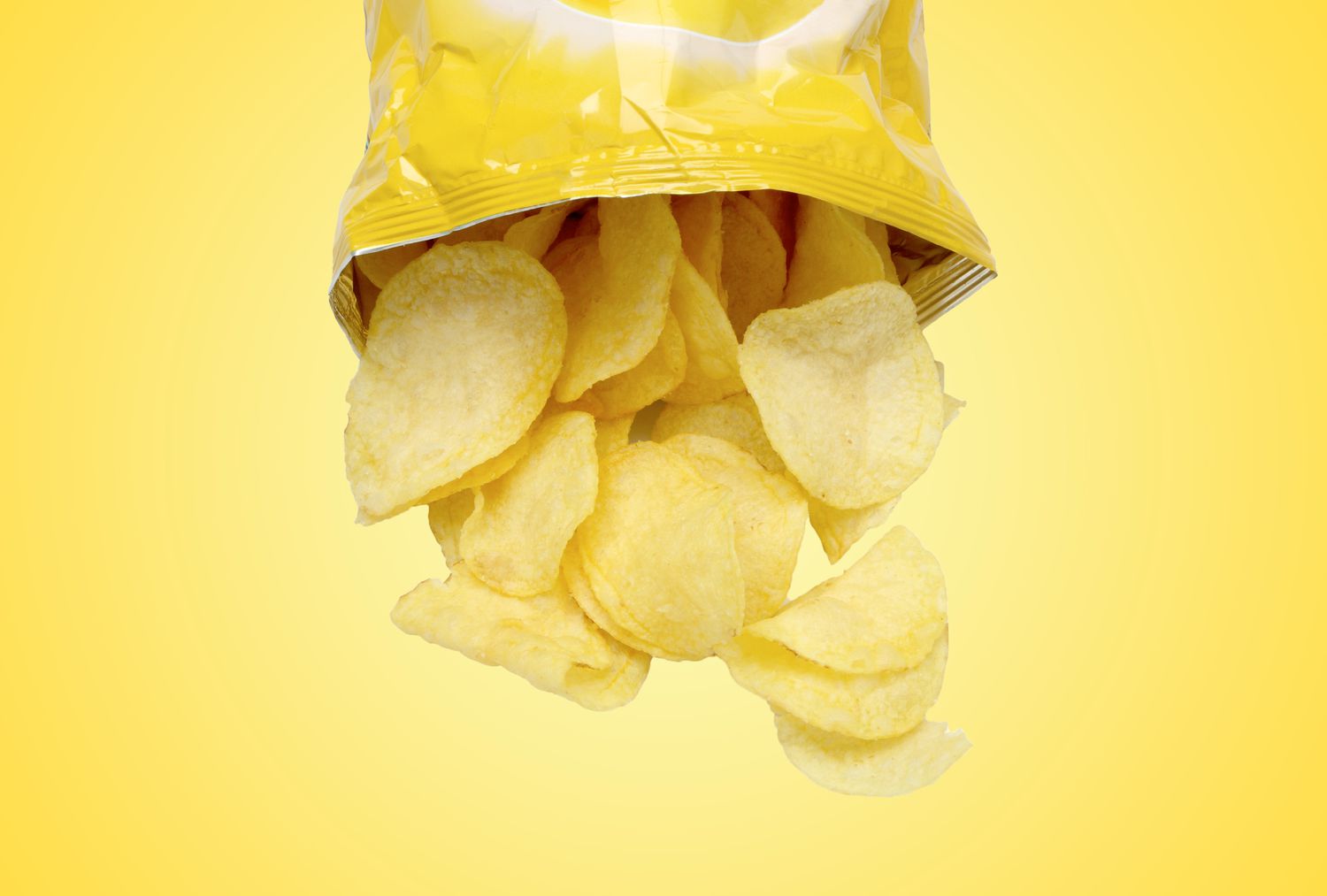
My mom never served a sandwich without including a side of potato chips. It provided the perfect salty crunch to counter my soft turkey sandwich on white bread. Looking back on it now through the lens of a dietitian, that meal was likely one of the saltiest we ate. The combined sodium content of the bread, lunch meat and chips came out to around 900 milligrams for the meal. That’s a hefty price tag considering The World Health Organization (WHO) recommends consuming less than 2,000 milligrams of sodium per day—for adults! Luckily, standards regarding the sodium content of our foods are changing. One company attempting those positive changes is PepsiCo and their setting their sights on my beloved chips.
What’s the Problem With Salt?
Salt on its own is fantastic for bolstering flavor, and sodium (in moderation) is a mineral that’s essential for our bodies to thrive. It’s been a beloved ingredient for centuries since it acts as a preservative and boosts the natural deliciousness of food. The problem is that within recent history, we’ve over-saturated many of our convenience foods with it. We’ve done this to help maximize shelf-life of these foods, but also to please palates. That comes with a health cost. Excessive intake of sodium can lead to high blood pressure, heart disease and stroke. And most Americans—nearly 90 percent—regularly eat too much of it.
What PepsiCo Is Doing About It
The WHO has recommended global sodium intake reduction to 2,000 milligrams per day, and PepsiCo has heard the call. A recent press release from Pepsico announced plans for 75 percent of the convenient foods in their portfolio to meet or be below category sodium targets by 2030. One specific goal for the company is to reduce the sodium in their U.S. Lay’s Classic Potato Chips by 15 percent. For perspective, one serving (1-ounce) of chips is currently 170 milligrams. The reduction means the new chips would provide about 140 milligrams of sodium per serving.
How Will That Affect Taste?
If you do the math, the difference is only 30 milligrams—remember, it’s only a 15 percent reduction. That’s equivalent to about 0.01 teaspoons of salt. While I haven’t tasted the chips to confirm, I’m guessing you won’t notice a significant difference in flavor, if at all. That’s great news for potato chip lovers, and also for those looking to enjoy their favorite snacks while eating in a way that supports their heart health.
The Bottom Line
As a registered dietitian and health professional, I appreciate that some large corporations are making changes to help their products support a healthy eating pattern and I hope more follow suit. René Lammers, Executive Vice President and Chief Science Officer for PepsiCo, agrees saying in the press release that “An industrywide approach is necessary to meaningfully reduce sodium intake and introduce important sources of nutrition to help diversify diets. And it’s important for us to take a leadership position to help be a catalyst for change.” I applaud these positive steps and hope that we, as consumers, can continue to push companies to do more and continue to hold them accountable.
Up Next: There’s a New Diet on the Rise That Can Lower Cholesterol up to 30%, Research Shows
